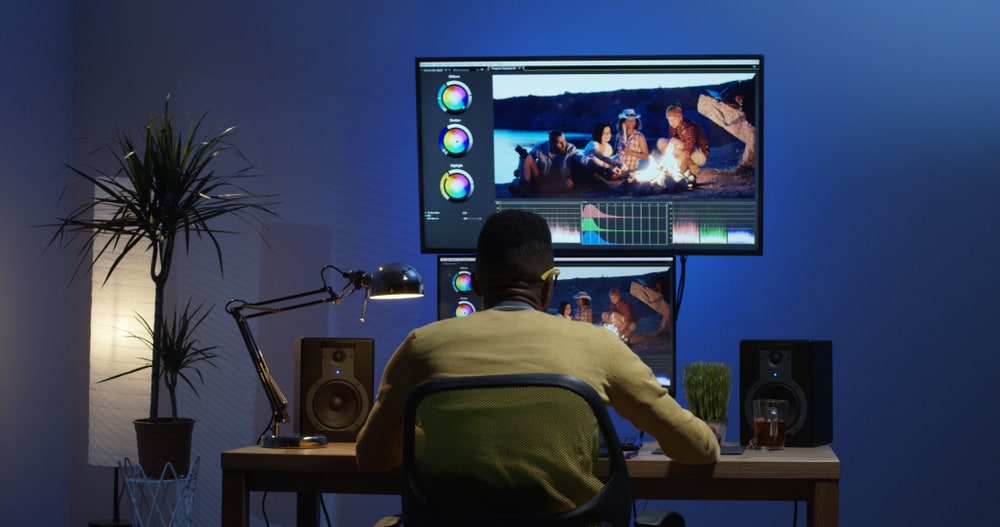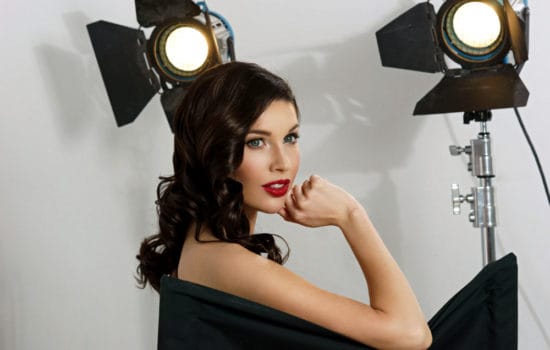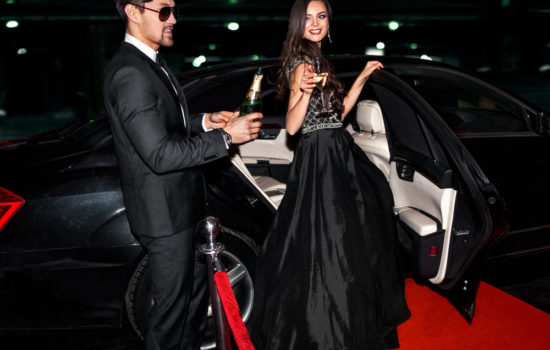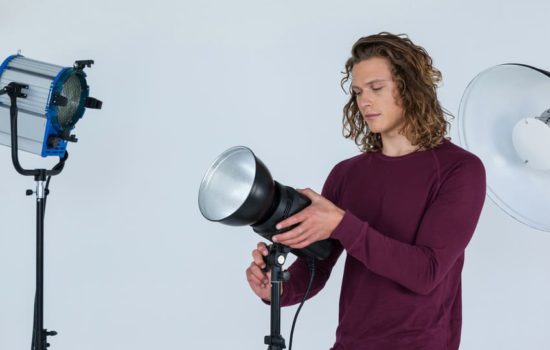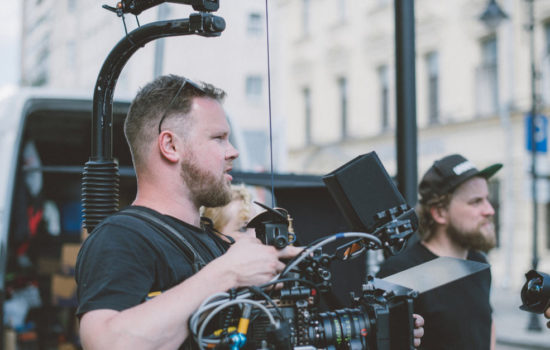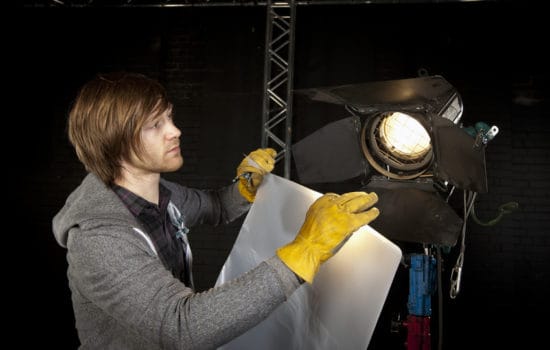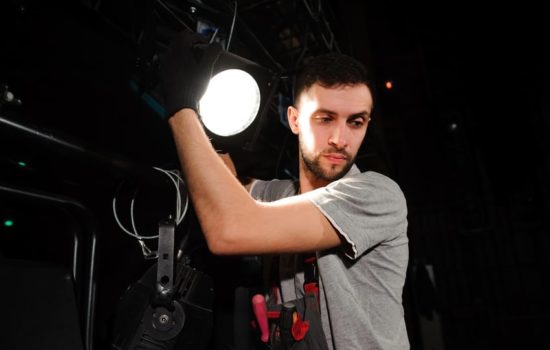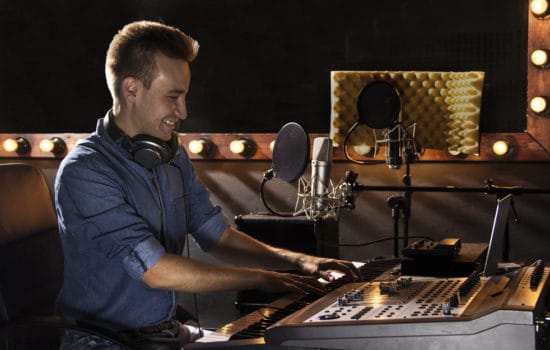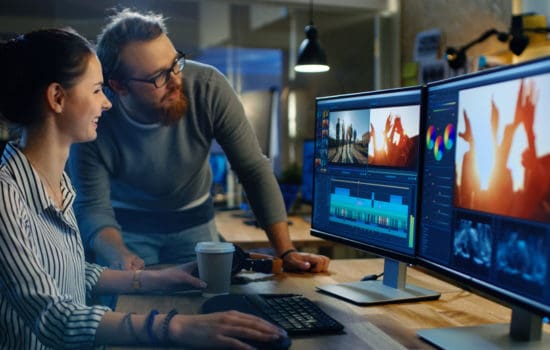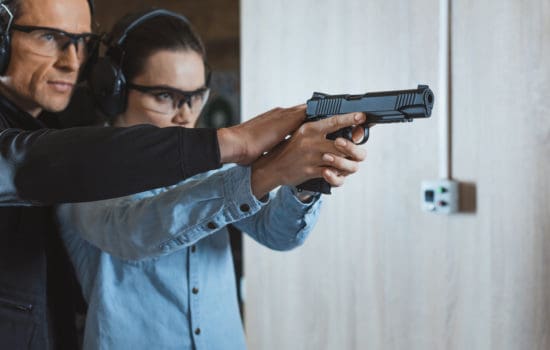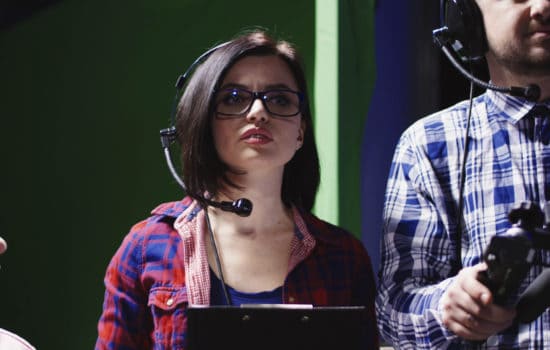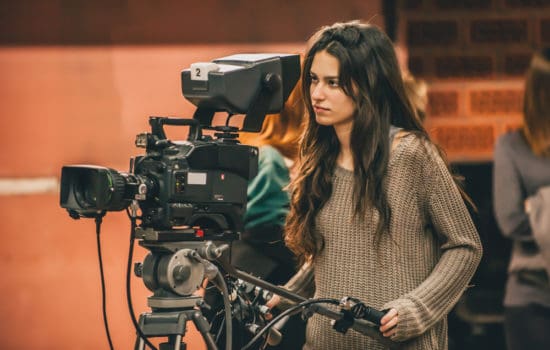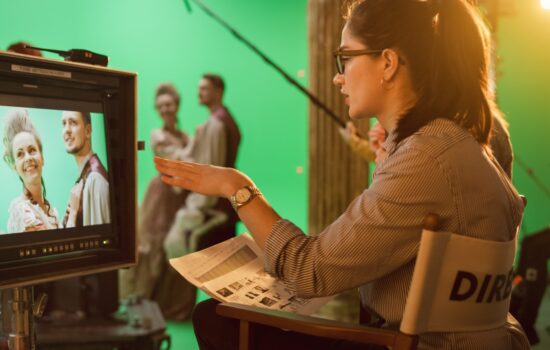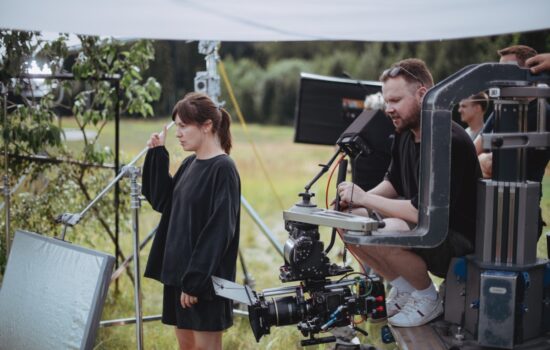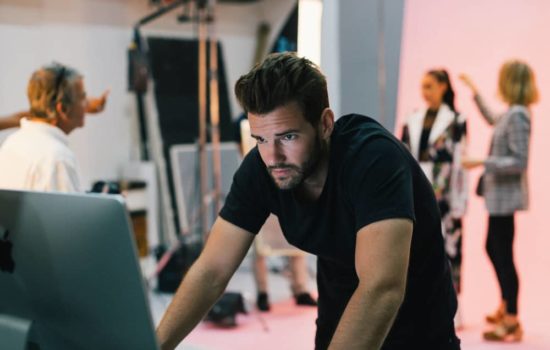The eye line has to do with where the Actors are looking and must guide the audience’s eyes so they know either what the Actor is looking at or to create the illusion that two Actors are looking at each other during their singles (close-ups, etc.)
Because singles are usually shot with the Actor speaking to a camera, Actors must know where to look – to the right or left of the camera – so it appears as though the two Actors are looking at each other.
Imagine if they both looked to the right of the camera? How would it appear? Also, when an Editor is cutting between an Actor and what an Actor is looking at, the Editor must make sure that the eye line matches the object so the viewer’s eyes will know where to focus in the next shot.
What is continuity editing?
Continuity editing is the craft of editing together different shots that together provide continuity in terms of time and space to allow for a smooth storytelling experience.
What is an example of continuity editing?
Continuity editing is a mainstay of filmmaking, so examples of it can be found in nearly every movie. However, a simple example of continuity editing might be a long shot of a person riding a bike down the street that is cut with a close up of them performing the same activity. Continuity editing would include that person riding in the same direction in both shots.
